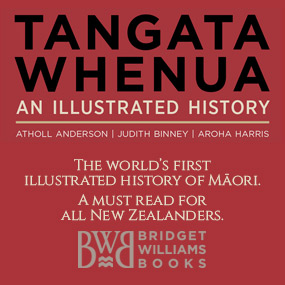Our Fabled Shellfish That Nearly Vanished
Mainly found on the North Island, the large clam treasured by Māori coastal communities that nearly became extinct due to exploitation. But now, the toheroa might be on the way back, Norman Miller writes for the BBC.
“[The taste of] raw toheroa is like a really creamy sweetcorn chowder,” said University of Waikato marine ecologist Phil Ross, when Miller asked if he had combined his years of scientific study of toheroa numbers and how to bring them back with actually eating them when opportunity arose. Others talk of a gamey taste to a meat that combines pale green body flesh with a long, creamy-white muscly “tongue” the animal uses to burrow – and which inspired its name (toheroa means “long tongue” in te Reo).
Commercial harvesting was banned 50 years ago, and the last “open day”, when people could plunge into the shallow surf to dig for their own taste of seafood heaven, was back in 1993.
Māori have now teamed up with marine biologists to try and restore toheroa numbers.
Original article by Norman Miller, BBC, March 22, 2023.
Photo by Phil Ross.














